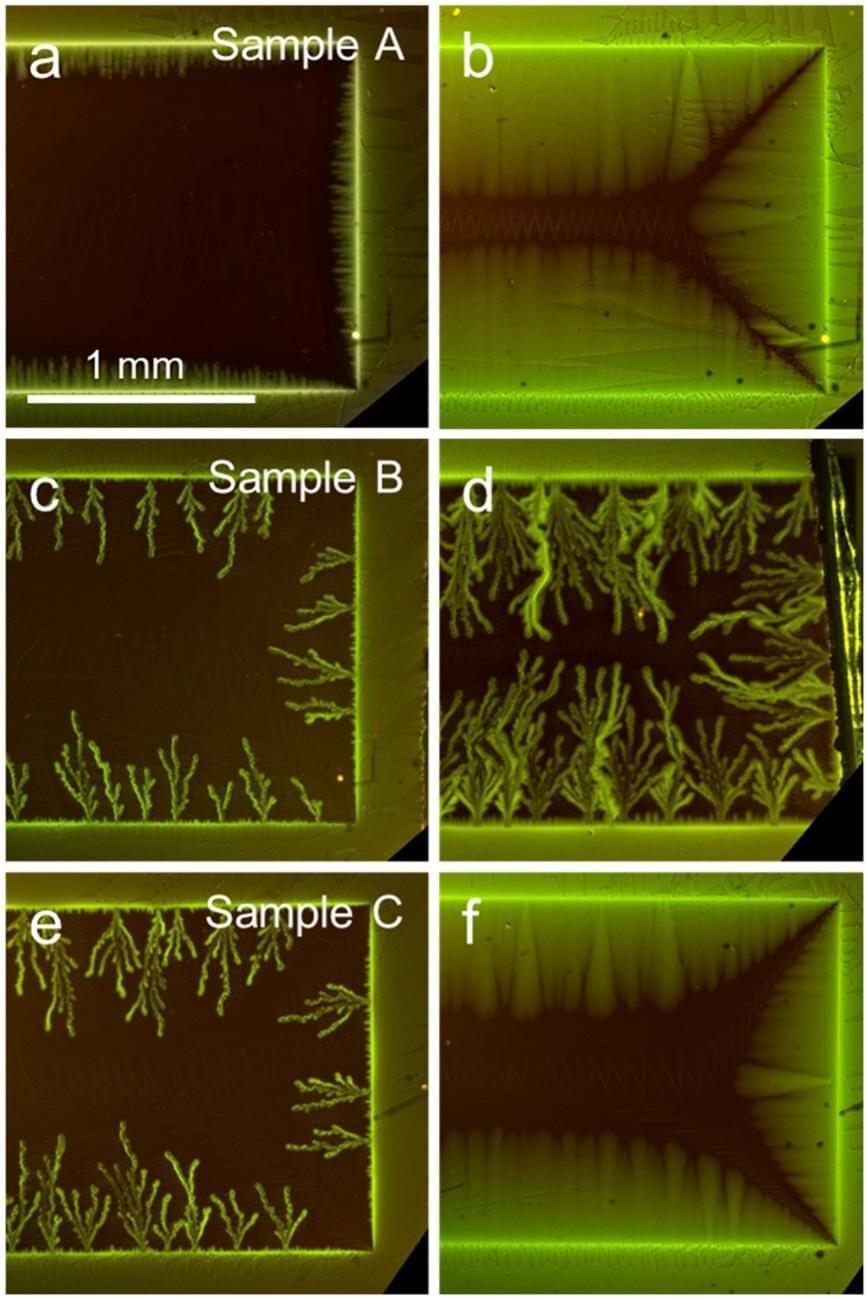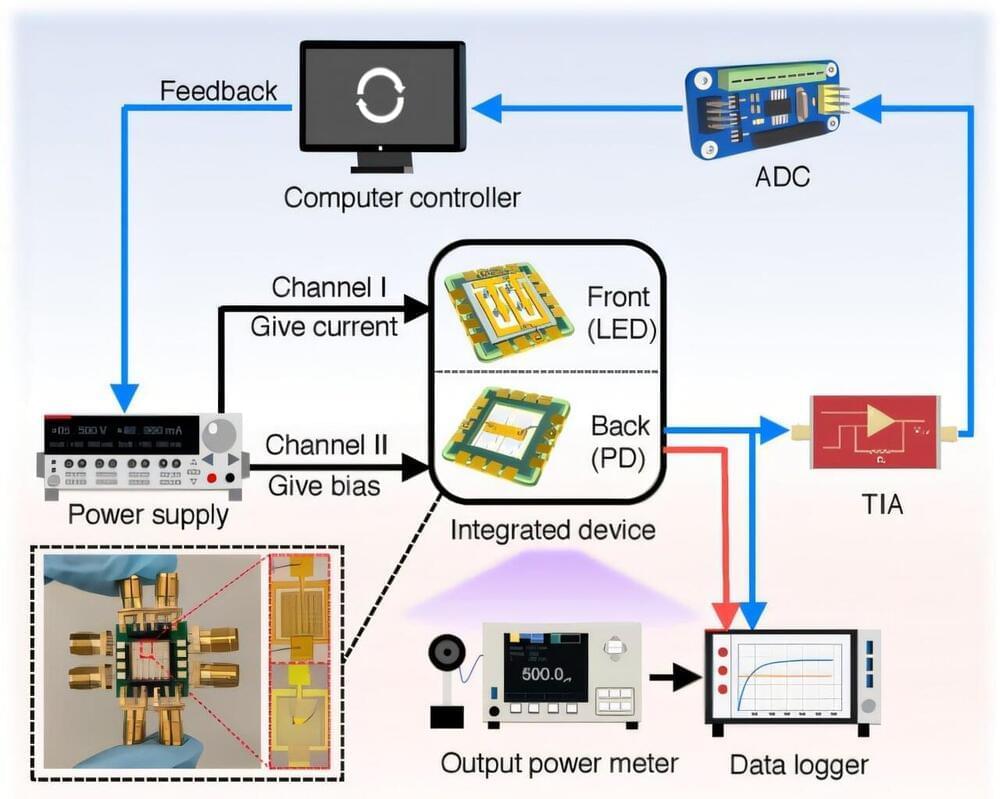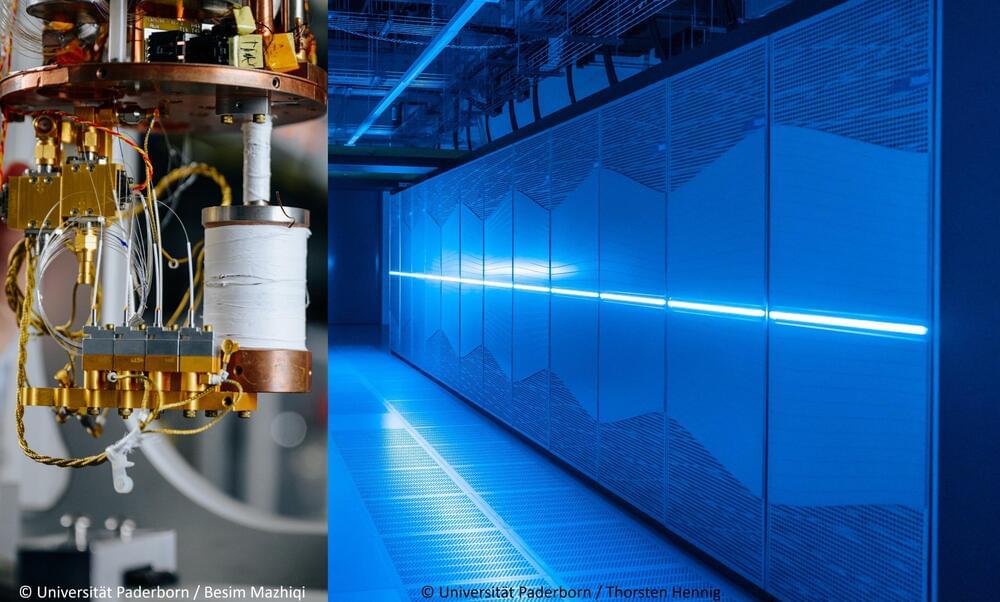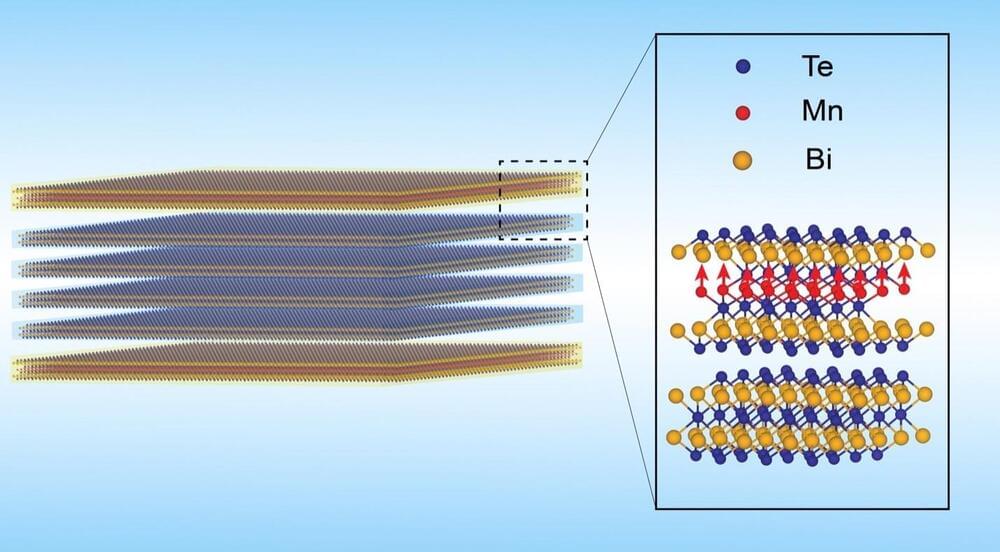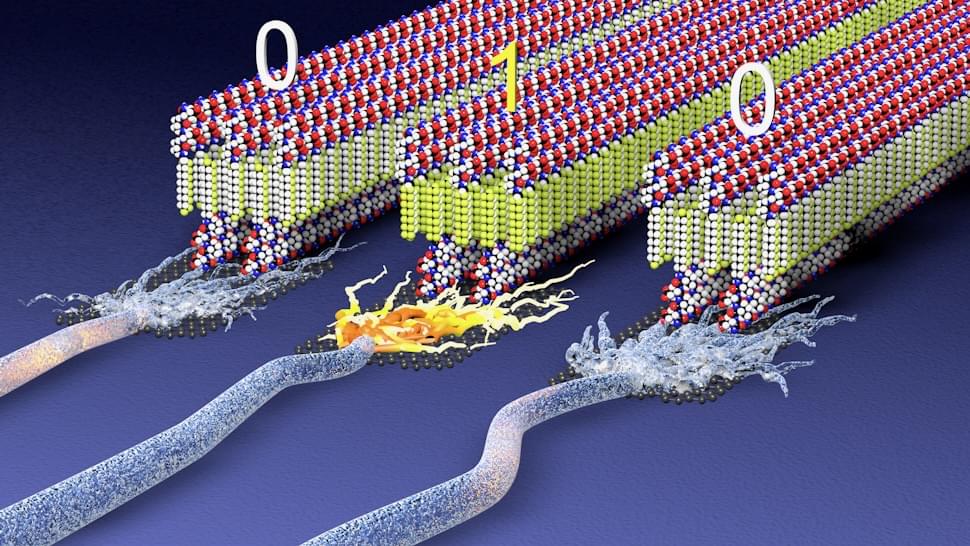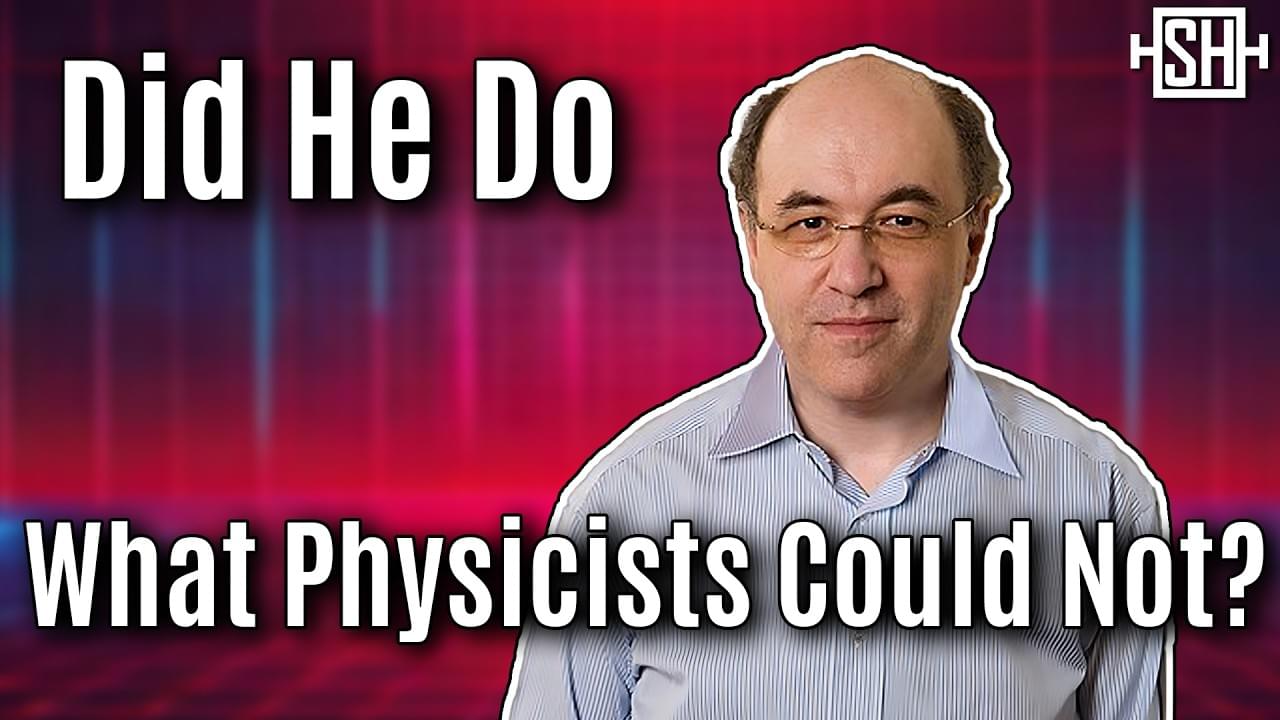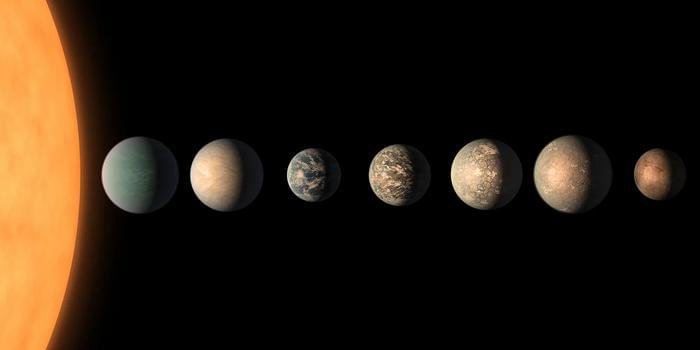
Can rocky exoplanets orbiting stars smaller than our Sun support life as we know it? This is what a recent study published in Nature Communications hopes to address as an international team of researchers examined the atmospheric stability of exoplanets orbiting M-dwarf stars, which typically range from 7.5 percent to 50 percent of our Sun’s mass and surface temperatures of approximately 3,500 degrees Celsius (6,300 degrees Fahrenheit) with our Sun boasting surface temperatures of approximately 5,000 degrees Celsius (9,000 degrees Fahrenheit). This study holds the potential to help astronomers better understand the conditions for finding life beyond Earth and where we can find it.
For the study, the researchers examined TRAPPIST-1, which is an M-dwarf star located approximately 40 light-years from Earth while boasting seven rocky exoplanets, several of which orbit within its star’s habitable zone (HZ). Using computer models, the team simulated the formation and evolution of the orbiting exoplanets to ascertain if their individual atmospheres could remain stable over time to form a habitable environment. In the end, the team found that the exoplanets that orbit close to their star likely do not possess stable atmospheres, but found promising results for exoplanets orbiting farther out, specifically TRAPPIST-1 e.
“One of the most intriguing questions right now in exoplanet astronomy is: Can rocky planets orbiting M-dwarf stars maintain atmospheres that could support life?” said Dr. Joshua Krissansen-Totton, who is an assistant professor of Earth and space sciences at the University of Washington and lead author of the study. “Our findings give reason to expect that some of these planets do have atmospheres, which significantly enhances the chances that these common planetary systems could support life.”
